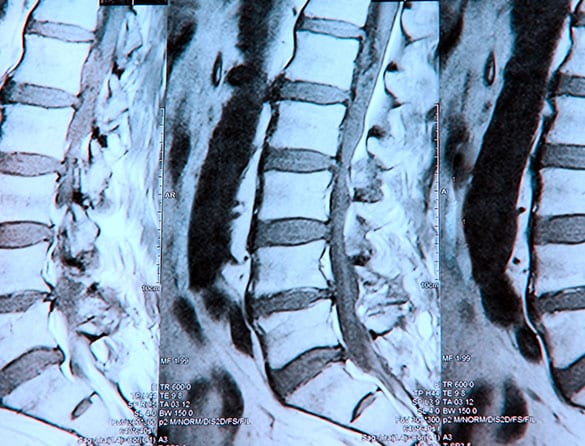
Diagnose and ease pain with the help of Spinal Injections.
There are two main purposes for spinal injections. The treatment may be used for diagnostic purposes to determine if a certain nerve is what’s causing pain felt elsewhere. Injections may also be used for therapeutic purposes to ease pain directly in the affected area.
- Often used to diagnose pain in lower back, neck, arms, legs
- Can provide relief that allows patients to do physical therapy and strengthen muscles that support the spine
CONTACT US TODAY
Epidural Steroid Injections
The most common type of spinal injection, epidural steroid injections (ESIs) are often used to treat radiating nerve pain caused by a compressed, irritated, or inflamed nerve. Delivered with a combination of anti-inflammatory medication, usually cortisone, and a local anesthetic (lidocaine or bupivacaine), ESIs are placed into the epidural space that surrounds the spinal cord and spinal nerves.
For diagnostic purposes, an ESI is placed in an isolated nerve. If relief is experienced, it can be safely assumed that nerve is the one contributing to the discomfort.


Facet Joint Injections
Spine pain related to degenerative disc disease (age-related wear) or arthritis affecting spinal joints may be treated with facet joint injections. The injection is placed directly into one of the two posterior facet joints located at each vertebral level. As with ESIs, enough relief may be experienced to benefit more from physical therapy recommendations.
If a facet joint injection is used for diagnostic purposes, it will be delivered right into the joint believed to contributing to a patient’s pain. A procedure called radiofrequency ablation, which involves using heat to keep dysfunctional nerves from transmitting pain signals, may be recommended to provide long-term relief. Common conditions treated with facet joint injections are:
- Spinal stenosis
- Herniated discs
- Sciatica
- Low back pain
Sacroiliac (SI) Joint Injections
A weight bearing joint in the pelvis, the sacroiliac (SI) joint may contribute to lower back pain or discomfort radiating to the buttock and legs. SI joints are located on each side of a triangular bone in the lower back (sacrum). With this treatment, steroid injections are placed into one or both of the SI joints.
Injections into these joints may ease inflammation enough to allow a patient to benefit from other treatment options or make progress with physical therapy. As is often the case with the other injections mentioned here, a fluoroscopy (X-ray guidance) is usually done as the injection is delivered to ensure proper placement.
Provocation Discography
Done for diagnostic purposes only, provocation discography involves the injection of a liquid into the center of a spinal disc. This type of image-guided injection is often reserved for patients with chronic back pain that’s not responding to other treatments. Unlike other types of spinal injections, it works by intentionally triggering a patient’s pain to identify the affected disc. It’s usually only recommended when spine surgery is being considered.
Spinal injections are not a cure since the treatment targets the affected nerve, but not the actual source of pain. The relief provided by any type of injection can last anywhere from several weeks and months to a year or more, depending on the nature of the condition and how well a patient responds to other treatment efforts. There may be a temporary increase in pain until the medications administered with the injection take full effect. Risks associated with most types of spinal injections are minimal.




